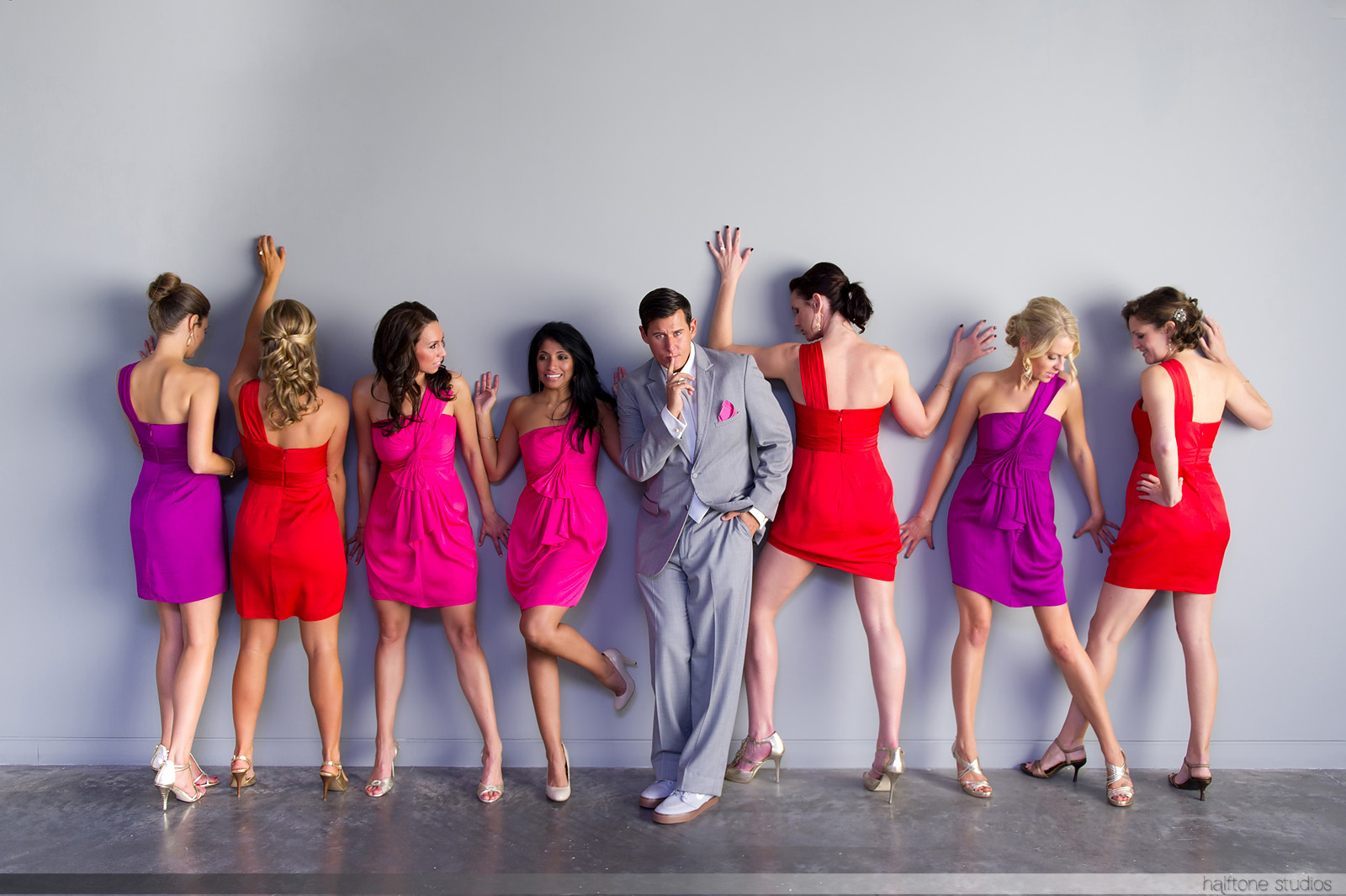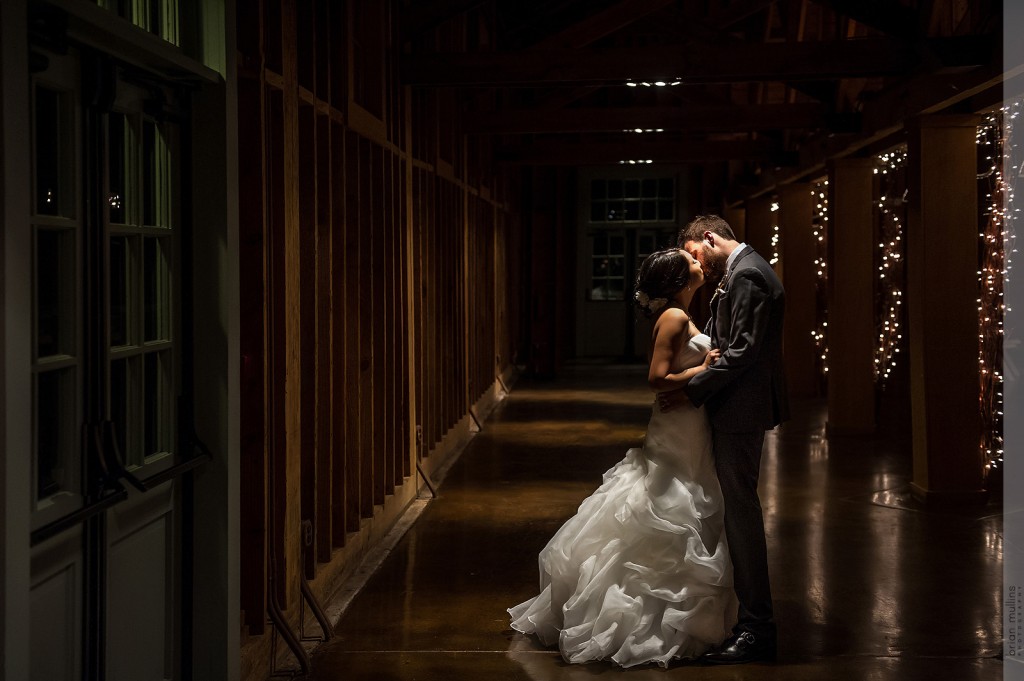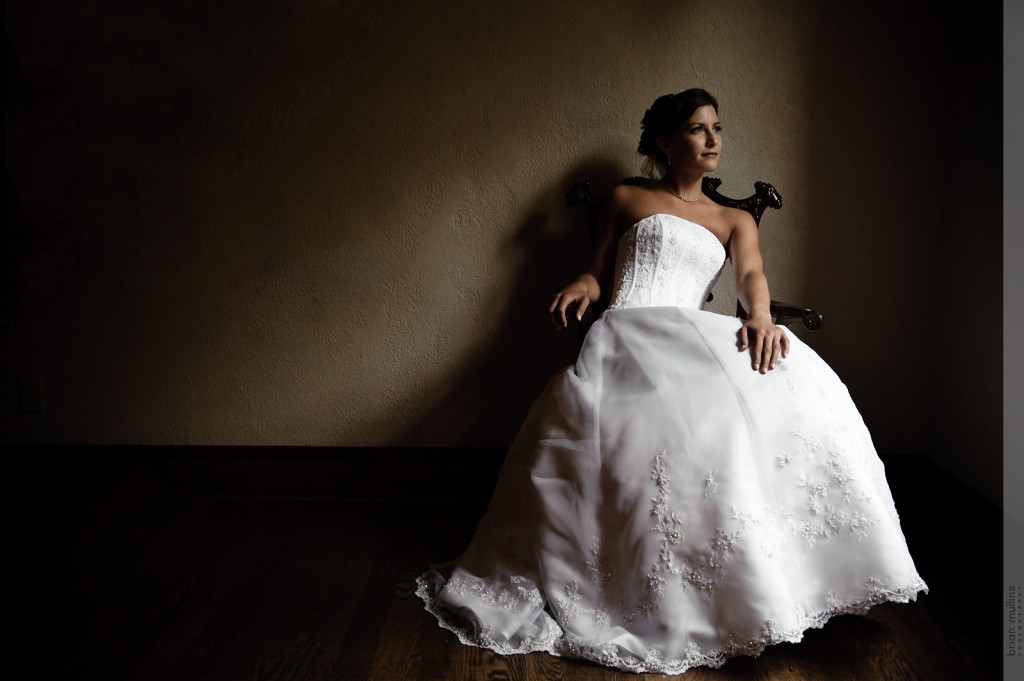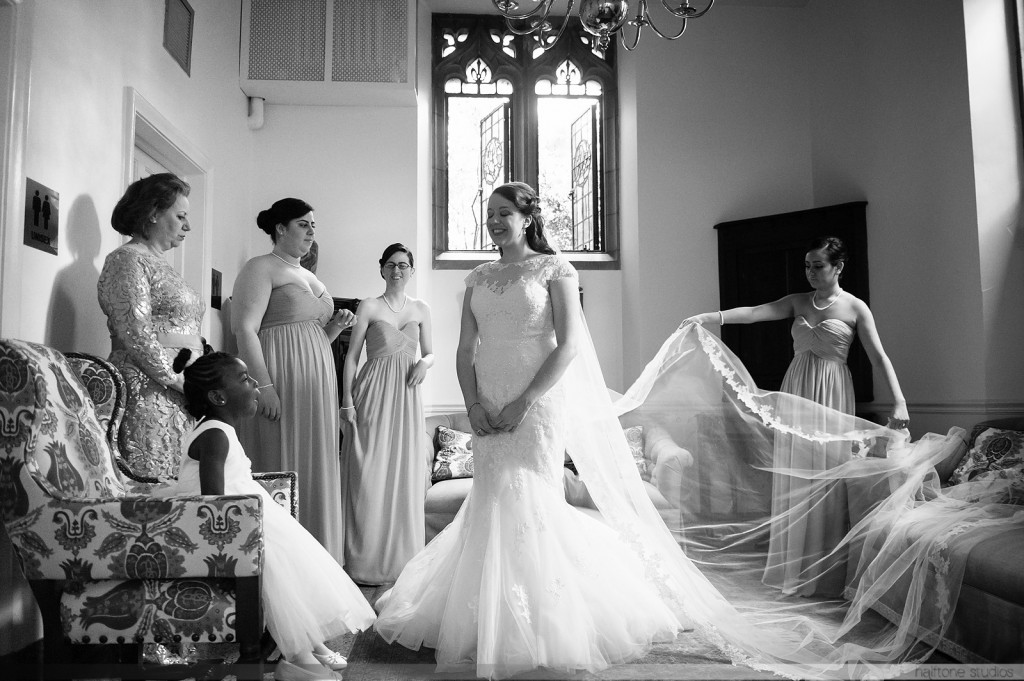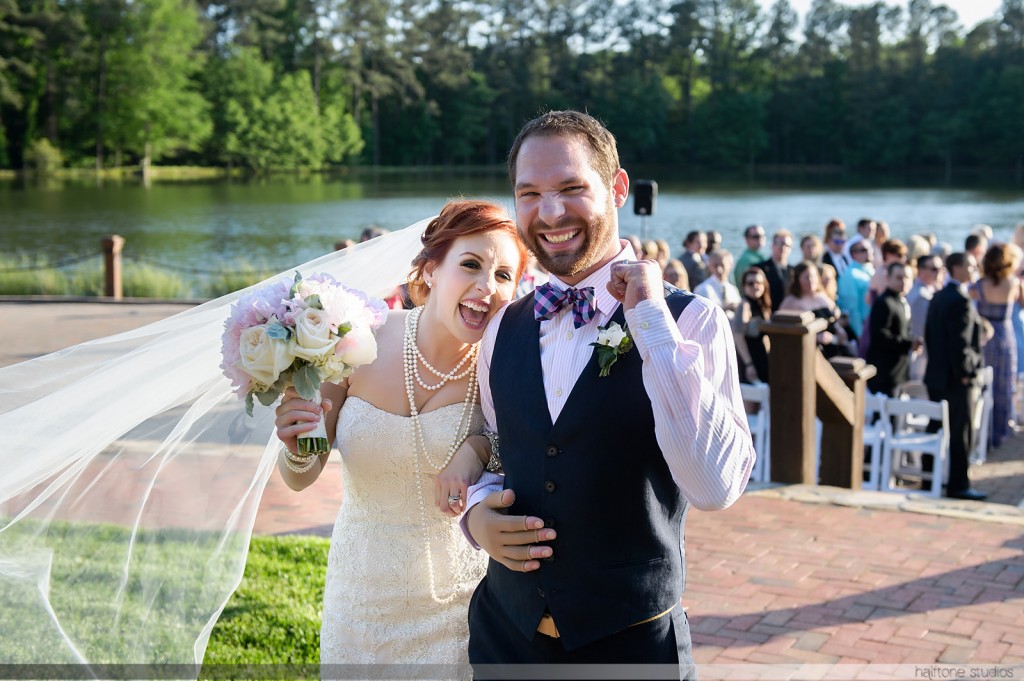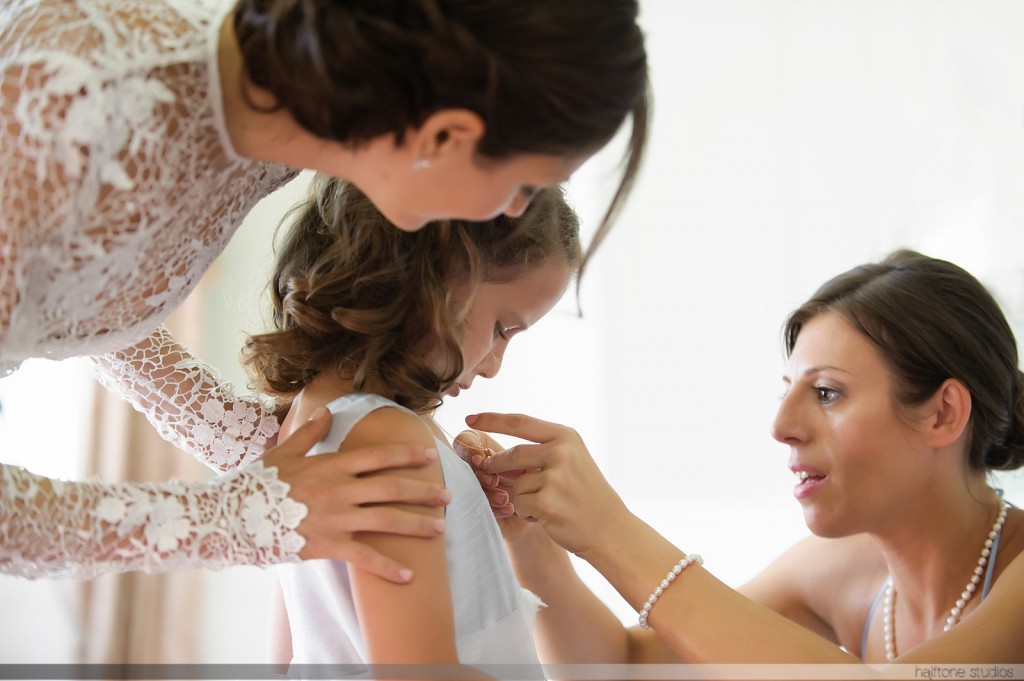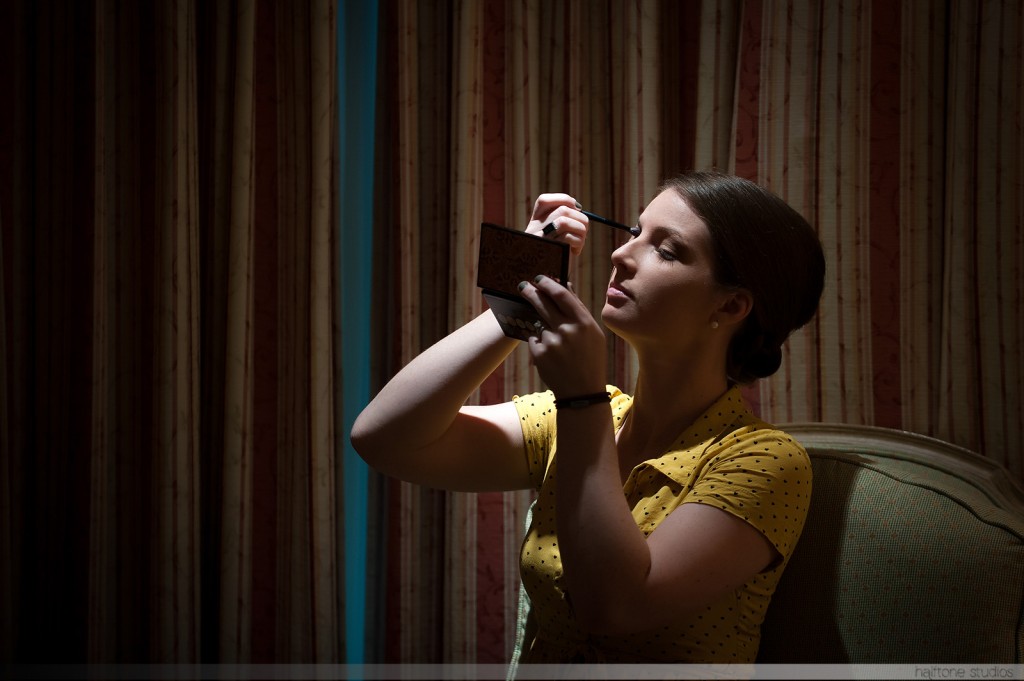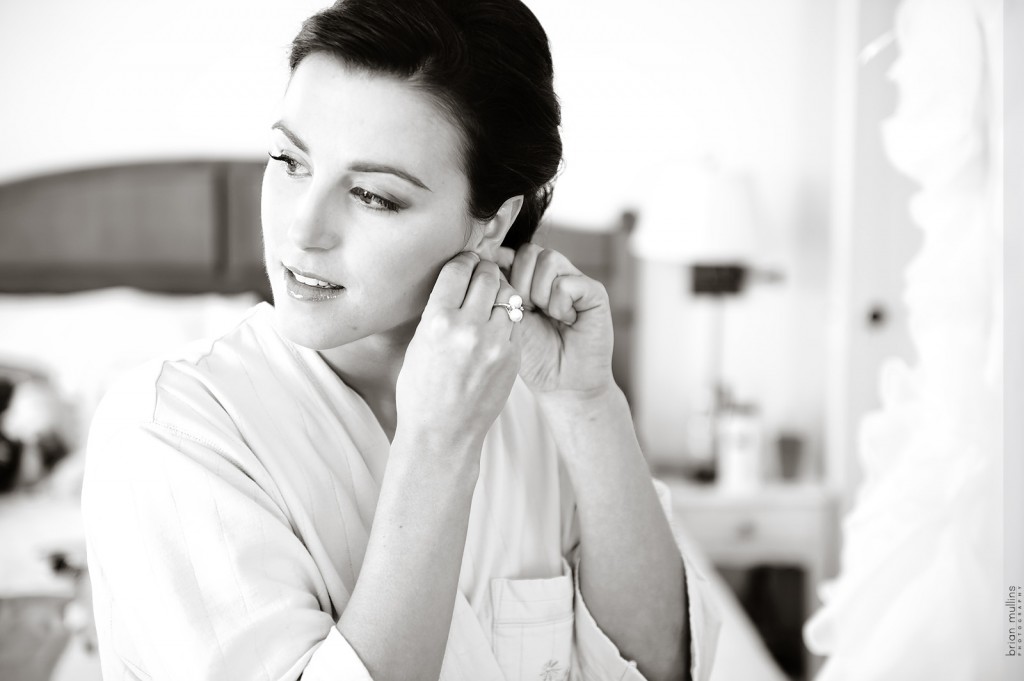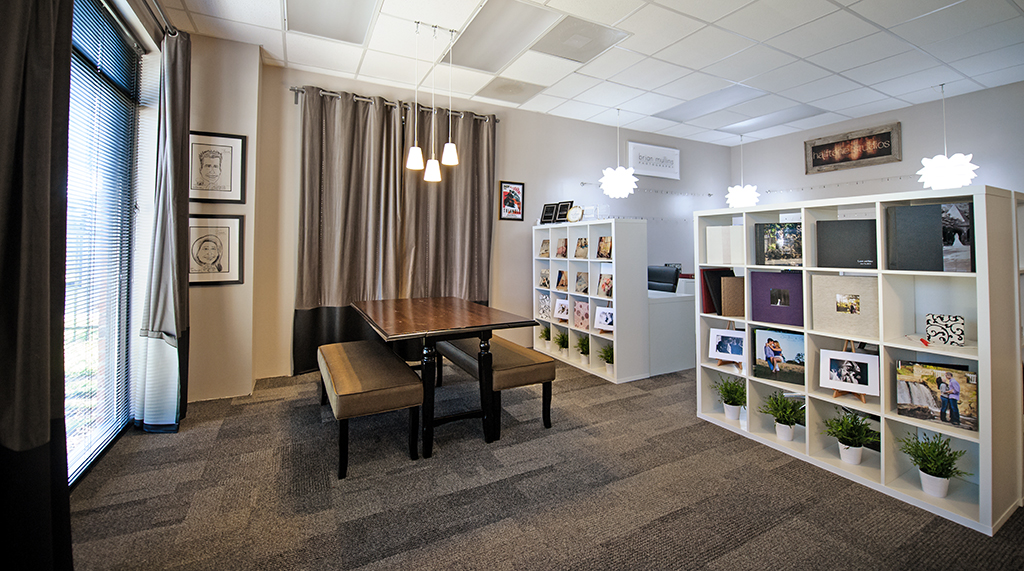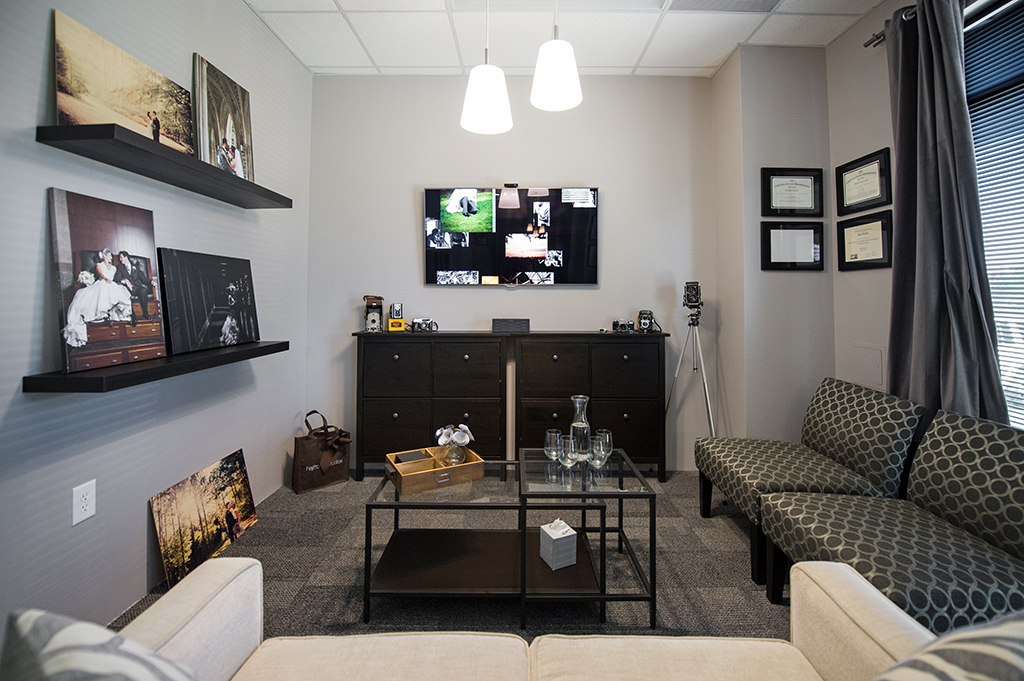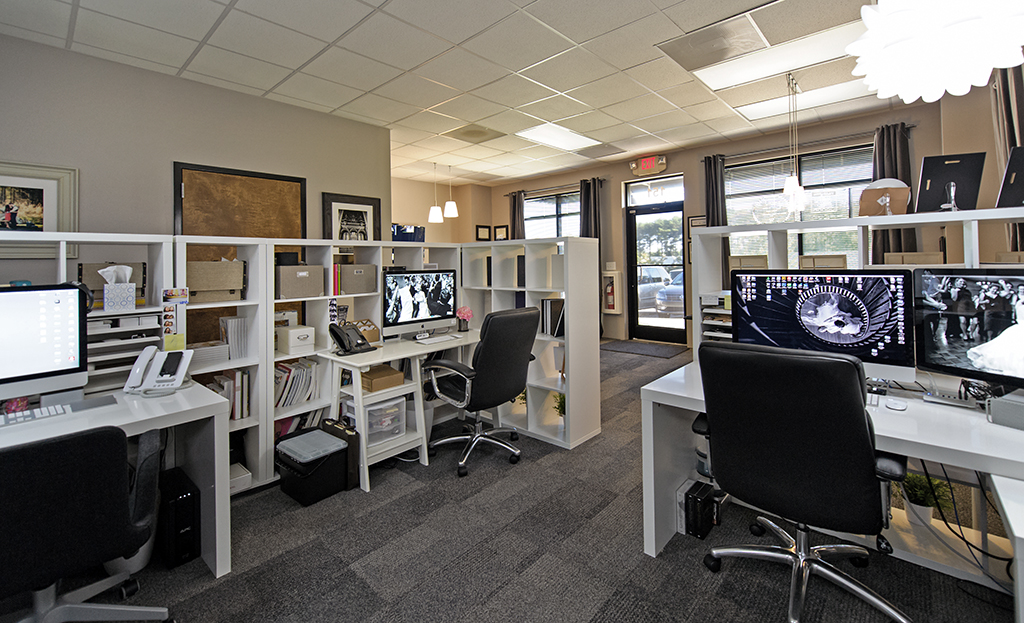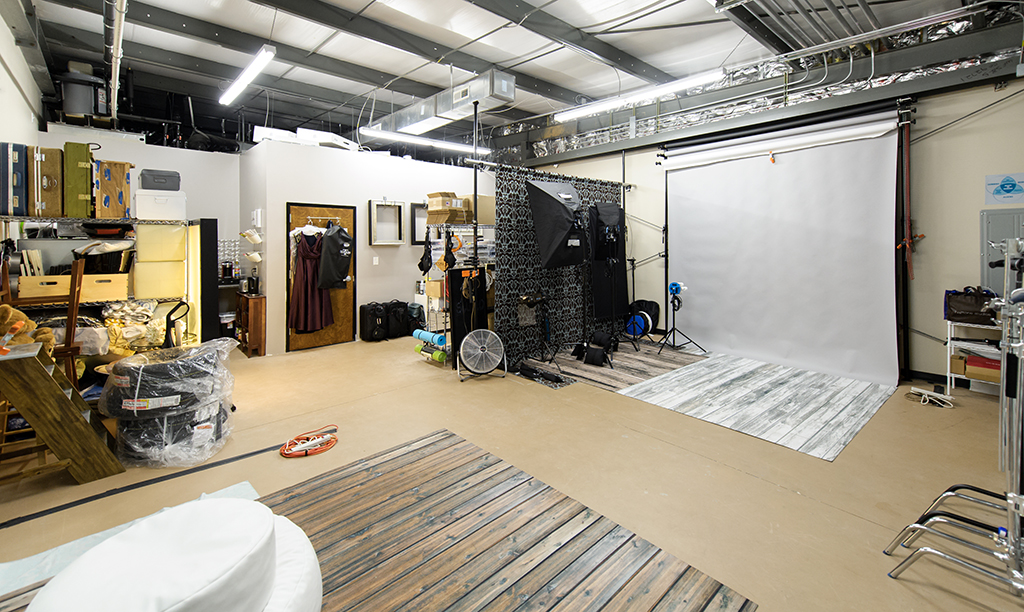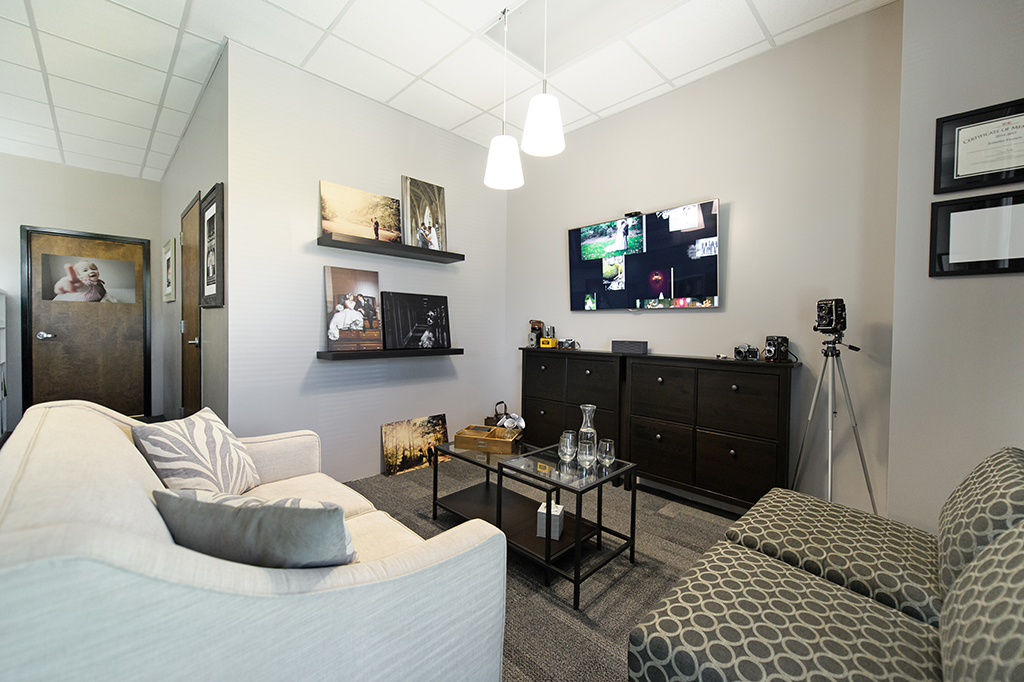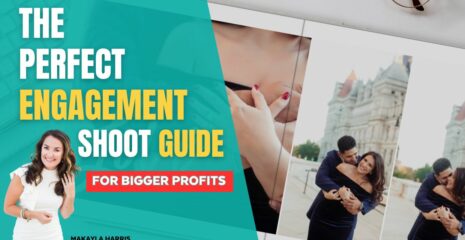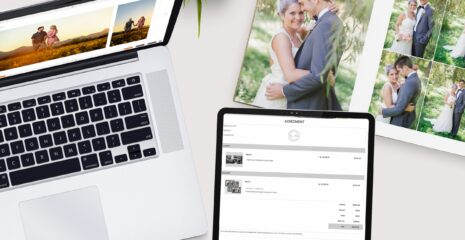Brian Mullins Photography and Halftone Studios have been working hard to partner and grow their businesses for the past few years. They’ve had great success, and share some of the their tips and advice for continuing to increase business and revenue, while staying inspired and sane.
How many years have you been in business?
I started Brian Mullins Photography in 2006. Jenn Aan and I partnered up forming Halftone Studios in 2013. Both of us had a decade of experience as professional photographers prior to opening our own businesses.
What are the keys to your studio’s success?
There are so many elements which have attributed to our continued business. I am careful about calling it a success because we continue to work hard every day — I don’t want to give the impression that once you are successful, that work stops. It comes down to hard work and always continuing to learn and hone our craft.
There are so many amazing photographers in the world, and we have quite a few of them in our home market. That being said, some of the best photos I’d seen were on Flickr, of all places, from someone who does it for joy, not as a job. I use it as a daily reminder that we have to work hard to make our business grow and that while great photos help, it doesn’t replace the effort it takes to make your business successful. I’ve actually gotten out of bed at 1 a.m. to answer a new inquiry simply so I would be the first response in the email box in the morning. I think our clients see that level of dedication and respond well to knowing we are here for them.
One of my favorite movie quotes (from the Legend of Bagger Vance) is one that I feel is really apt to the craft of photography. It goes, “What I’m talking about is a game…a game that can’t be won, only played…” I truly feel I will never “win” at photography. I spend every day learning, using what I’ve learned and doing the best with what I have in front of me. I make it a point to learn from every single photographer, whether they have 20 years experience or 2 years. We all have a different set of life experiences and visions, which leads into our photography style, which is ever changing and evolving.
How did you grow your business into needing two studios?
This is one of the questions we get asked the most. I wish I had an easy answer, but I simply don’t as there is no one-stop system for building a successful photography business. I can tell you it involves a lot of hard work, a sound business and marketing plan, and in our case, a business partner you can trust and rely on. Being flexible, willing to make adjustments, learning from our mistakes and knowing when to drop an idea or push forward with it has proven to be more valuable than we ever considered.
We’ve learned there is no rule that says as a small business you have to do all your own, well, anything. Jenn does the things that she is best at, I do the things that I am best at, and we have people to do the things that we suck at…like accounting. Honestly, apart from accountants, who really is good at accounting, right? The more time we spend trying to figure out things in our business (like accounting), which we can outsource, the less time we have to do the things that make us a business people want to work with.
A little background on us: I ran Brian Mullins Photography as a second career until 2012. Up to that point I always looked for the “low hanging fruit” type of business. The type of business/clients that were easy to get, easy to shoot, profitable and didn’t involve a lot of additional work outside of the processes that I had setup (which maximized my efficiency). When I went full time, that simply wasn’t going to cut it so Jenn and I examined what it was going to take to make the business grow.
What we came up with is super simple — if we aren’t shooting or selling products, then we are not generating revenue. So we dedicated our time to those two things and minimized our time doing other stuff (Photoshop work, answering emails, etc). Outsourcing seems to be a dirty word for many photographers, but we can tell you from shooting 75 weddings between two studios in 2013, it simply wouldn’t be possible to keep up that level of effort without outside help (or end up in a hospital or looney bin).
How did you grow your business into 75 weddings a year?
Well, to be honest, 75 was never a “goal” (we’re crazy but not that crazy). It started when we looked at our budget for the year and where we wanted to grow and came up with 35 weddings to make it. It was a modest budget based on our average price per wedding. Using that formula, 35 was the minimum number of weddings we needed to stay in business. When we hit 35 I changed the goal (I’ve been known to do that). After 35 it was 40, then 50, then 55, when it hit 60 I felt like we had arrived but we were so busy at this point we lost track of how many weddings we continued to book. When the dust settled and we shot a New Year’s Eve wedding, it was number 75 and both of us literally sighed (and had a drink).
We all know magazine advertisements and traditional marketing are the most obvious choice for photographers, but we found they really don’t bring in clients by themselves. We also tried other ways to market during that time, all with varied success (Facebook, Google+, vendor relations, professional organizations, etc.) and none of them, by themselves, generated an appreciable amount of business.
What we discovered was the more widely we scattered our marketing efforts, the more clients we met with who had heard about us from multiple sources. This was the beginning of what we called our “shotgun marketing” approach. It’s pretty simple…get our names in front of the bride in as many places as we could. Whether that be in a magazine ad, through another vendor, Facebook friends, other photographers, blog posts, good SEO in Google, an album in a venue, etc. I can tell you that it’s far from a targeted approach and took a couple of years to pull off effectively, but the returns were, well, impressive. Our consultation times became shorter, the number of inquiries increased, our booking percentage became higher for clients we did meet and our average spend per client also went up.
I want to reiterate the fact this was over a three-year process and, even today, we are still doing this. Here’s a few of the things we do that work, for us:
• Every month we network with vendors we think market to our “ideal” client.
• Purchase a magazine ad in a dedicated bridal magazine (which serves our area).
• Blog once a week (we failed last year as we didn’t have time, so we have our studio assistant catching up for us now).
• Try to stay relevant on Facebook. Whether it be business or personal, we try to stay connected with past, current and future clients.
• Network with other photographers. I honestly can’t tell you how many referrals we’ve gotten (and given) by networking with photographers in our area. We all know the things we are good at and things we should refer to someone else.
• Provide photos or photo material to vendors. Remember they are trying to also gain clients and photography is a very, very powerful marketing method, so take what you are good at and help their business thrive. The returns you will get can really make a difference!
• Be the business you would want to hire. Answer your phone when people call. Answer your emails within 1/2 business day. Remember when a vendor asked for photos, etc.
How did you maintain balance in your life with 75 weddings?
Hopefully, you know by now, we are pretty open, honest and unfiltered. This is one of those times I will be very honest. There was very little balance in our lives in 2013. We pushed our business really, really hard and we both made huge sacrifices. We even suffered physical injuries from the sheer stress we placed on our bodies. On top of those 75 weddings, we had bridal portraits, engagement sessions, commercial shoots and studio work. Luckily we both have very understanding spouses and both Jenn and I had to take small mental breaks whenever we could.
We learned a very, very important lesson however and it’s made a huge difference already this year. Have a really, really good team of outsourced professionals who are good at what they do to help you. Both Jenn and I had heard that exact same thing from other well known photographers, but we had to learn that lesson the hard way. There is simply no way one or two people can keep up with that workload. We achieved our goal in 2013 – to shoot and sell as much as possible. The back end work (editing, printing, accounting, etc.) however was crushing and outsourcing was the only feasible solution (outside of inventing a time machine).
How do you stay inspired?
I think this is a great question that honestly, I don’t see enough photographers answer. What inspires you is one thing, but when you’ve shot three months in a row, every weekend (sometimes 2 or 3 in a weekend), it can become difficult to stay inspired. We call it “autopilot” and it’s a bad word in our studio, yet it’s so easy to fall into that role when you’ve shot at the same venue for three weeks in a row.
The simple answer is we take inspiration from our clients, their energy, their family and the things they have in their venues. Even then it’s still difficult to remain creative. A trick I have to keep fresh is use something from their professional career or even something I know about them from their childhood. Anything we can do to tie our work in with their personalities makes it that much more personal to them (and to us). Because everyone is different, that breaks up any type of “autopilot” scenario where you find yourself doing the same thing at the same venue. In between weddings we also shoot things that are, well, not weddings. I find taking that mental break to shoot food, head shots, architecture or anything not wedding helps me with a fresh perspective for the next weekend.
What/Who are your influences?
If you’ve posted a picture somewhere that I’ve seen, I’m going to count you as an influence. I take inspiration from the everyday—from magazines to movies. I’ve had the distinct pleasure to learn from and even call my friends, some of the most amazing photographers in the business (in my opinion). David Williams, Neil Van Niekerk and John Michael Cooper are a few of the more well-known names that I’ve been able to talk with at length with about photography.
Many are photographers you’ve likely not heard of because they are just kicking ass, every weekend, with little press. Evan Baines, Tony Hoffer, Sam Hassas, Jesus Tirso, Humza Yasin, Hooman Bahrani, and so many others (my apologies for not listing everyone) are all amazing photographers with unique styles that blow me away every time I see their photos. Anytime I get tired or worn down, I think of those guys and how good they are at what they do.
What’s the best piece of business advice you’ve received?
It sounds pretty pedestrian, but it was “have five lines of income.” Unfortunately, I cannot remember who to attribute that to, but I have a feeling it was a business person, not a photographer. The reasoning is by having multiple lines of income, if/when one slows down, your business can still thrive and absorb the slowdown. We shoot weddings, commercial and portraits, sell prints, teach classes and have other photographers shooting for Halftone Studios. If the commercial work slows down a bit, the other four lines of income will buffer your business losses and we actually re-dedicate ourselves to those four lines to maximize our revenue. It keeps our business healthy and really helps downplay the worry of being self-employed in a competitive environment.
What advice would you give to someone with 1-3 years of experience (a photographer just starting out)?
We see many, many talented photographers who are not prepared to run an actual business and don’t understand the costs. Being a professional photographer is so much more than simply accepting money for your services. You need to understand your costs and expenses including everything from insurance to repair budgets, new gear and how that impacts your final price to the client. Understanding how much it costs you to pick up your camera or unlock your studio door every day is really, really important whether you want to pursue this as a full-time career or even a part-time supplemental income. Don’t forget to include your salary in that figure. You must think of your business like another person. It needs money to function, the same as you. Figure out the needs for the both of you and you’ll be in a much better position to make strategic decisions that affect you both.
One other bit of advice is about gear. Anytime I contemplate buying new gear, I think of it in the terms of an investment. How much will this new camera body earn over its lifespan? While cameras are consumable (you need to buy a new one every so often), I look at my budget and my needs to make the best decision. While I’d love to always have the latest camera body, it’s not the best decision if my current camera bodies are working fine. The gear enables us to get ever more impressive work as we take advantage of new technology, but I’d be willing to bet 90 percent of almost any photographer’s portfolio will not be taking full advantage of that new body (mine included). I’ve never had a piece of gear make me a better photographer instantly. It’s the knowledge of how to use that gear and when to use it that makes all the difference.
What’s one of the toughest things you’ve had to make in your business?
For us, it was the decision to expand our business and grow into multiple companies in a new space. I’ll be honest, it was downright scary. About a year ago we simply exceeded our current office space and capacity for shooting. We physically had no more time for shooting and had no more room to expand our back-end production process. We were crammed into too small a space, so even bringing on more people wasn’t possible because we simply had no room. When Jenn and I opened Halftone Studios together, we knew we needed different marketing, branding, websites, etc as well as a larger space. Without this, the business would not be successful because of simple suffocation. After much debating, we (mostly me, as Jenn already knew it would be a hit) finally agreed to take the chance of “if we build it, they will come.”
How has the landscape changed over the years and how have you kept up with change?
Perhaps I’m a bit alone in this mindset, but I don’t think it’s changed that drastically. Ever since the 35mm camera became mainstream, the general population has had the ability to take their own photos. Now we have cell phones and amazing SLR cameras priced for the everyday hobbyist. All of the technology and gear in the world doesn’t make a person a better photographer however. In the end, what we do is all about light and how we capture it using our own unique vision.
I honestly think we are faced with the same pressures now that we were 20 years ago. More and more people have cameras, more and more tools are available to the consumer and more and more photographers are starting businesses. We, as photographers, have to continue to grow and foster our unique selling point for each and every client. People hire us as experts for important things – events, portraits, ads, etc. How many times have you (if you are reading this, I mean you) been with a client and have them say, “I have a friend who is a photographer but I wanted ‘good’ pictures.” That solidifies the need to continue to hone my craft, learn different techniques and disciplines and grow both as a photographer and a business.
So what were some of these workflow savers?
I know I sound like a broken record, but when we sat down to look at where we wasted time, it became, again, a function of what’s important – shooting and selling. So we carried that concept into our workflow as well. We moved to iMacs from PCs (I love PCs but they need more fiddling to work), outsourced our bulk editing work, got new processing software, moved to USB drives instead of DVDs for delivery, brought in a third person to help with the day to day busy work (scheduling, client pick ups, email, etc.) and finally bought into a studio management software (thank you Tave). This was all part of a modified business plan Jenn and I came up with while we had some down time during a wedding. Each time we could save 15 minutes per job, or even per task, really added up to becoming more efficient so we sought out those processes.
I can’t say enough good things about Fundy Album Builder V6. While we save time wherever we can, album design was one area where we really struggled. We previously outsourced all of our design work, which cost additional money and in the end wasn’t a huge time savings (we still worked directly with the client) so when Fundy V6 came out, it was a MASSIVE improvement for us. We can design an album within 45 minutes now (where in the past it would take 5 hours) which saves us time, money and we can keep everything in-house. We upload our designs to Album Exposure and email our clients the gallery link so they can make notes and changes online (all without our interaction).
We go through every image we deliver (to ensure the quality of our product is high), handle all of our client communications (to meet and exceed their expectations), and every client has our mobile number in case they need to talk to Jenn or me directly. Our clients are the reason our company exists and we will always make them our priority.
How many people are on staff and what do they do?
We recently added a third person to our staff. Sarah, our studio assistant. She is the exact opposite of Jenn and me, who are also opposites from each other. This has created an amazing dynamic where we all bring different viewpoints and ideas to every discussion. While you may think that sounds like a catastrophe, it works for us! We all respect each other and call good and bad ideas out, almost immediately. We all want the other to be successful and that, in my opinion, is the most important thing you can have in a team. In addition to Jenn and Sarah we have some supplemental help that we can call in, when needed, to get us over any super busy times. Jenn runs Halftone Studios and, in addition, helps me with organization, marketing, and conducts both of our in-studio sales consultations. Sarah, as the joke goes, does everything we can’t or don’t want to do. Blogging, Photoshop, emails (which is no small feat), feeding our fish (Sushi), and bringing the highly valued “girl” opinion into the studio.
Are you doing in-studio sales? Do you offer wedding albums, online shopping carts, galleries, wall prints?
We conduct in-studio sales sessions for every wedding and portrait. When we don’t (out of town clients, etc.), we find our online-only sales were abysmal. While we are not “hard sales” people, we’re still the resident experts when it comes to photography products. Not getting in front of your client, finding out what they want to make suggestions about the different products that you offer is, in my opinion, a huge mistake and loss of potential revenue. There are so many products on the market, it’s a full time job to keep track of them all. If we don’t educate our clients about what they can get, why would they buy anything at all? Offering unique products and client education are the keys to good sales numbers. High-end albums, custom prints we make ourselves and unique products we create in-house are top selling items. Every wedding client receives their images on a USB drive, so we have to offer unique products clients want to buy, otherwise they’ll go to the local drug store for the 12-cent 4×6 print.
We post all of our galleries online using Redcart. I’ve been with them for five years now and it’s really an amazing product. We offer early bird specials, which encourage sales for the first two weeks of the gallery opening. This really helps push people to buy now instead of waiting (and eventually forgetting).
How do you deal with the rigors of running a business?
Having a business partner I can trust makes all of the difference in the world. I cannot say that enough. We back each other up constantly and when one of us gets snowed under, the other steps in to help. Again, outsourcing the things we are not good at lets us focus our time and energy to those things that generate revenue and we are good at. Even with a business partner and outsourcing certain things, there are days where I never see the sun and I consider that the price of owning your own business because, well, the business needs attention.
Is having the overhead of a studio worth it?
Every time we modify our marketing and business plan we bring up this very question. The answer, currently, is yes. I use a pretty simple equation when figuring this out: is the rent and associated expenses we pay every year generating at least 1.5 times the cost in additional revenue. While the question is simple, the answer is, unfortunately, not. I know when I moved into my first real studio, I saw my booking rate go up and the average spend per client also go up. I captured that information and applied it to additional revenue as a percentage (15% if you were interested). We have a 1700 sq ft space now with a fully functional studio where we shoot head shots, portraits, babies, food, etc. Add that into the additional revenue as well (because we can’t do it without a studio) and we start to get somewhere. We also offer photography classes at our studio so, when we add the additional revenue from the studio all together, it needs to be at least 1.5 times the amount we spent or its not worth the risk.
Gear, Software & Stuff
We talked a lot about gear, so here’s a list of our standard gear (we have 2 kits):
- 2 Nikon D3S cameras (Primary)
- 1 Nikon D700 camera (backups)
- 3 Nikon SB-910 flashes
- 8 30” Westcott Rapid Boxes for off-amera flash
- 6 Nikon Sb-800 flashes
- 1 Nikon SB-80DX flashes (backups)
- 3 Westcott TD6 Spider Lights (Studio work)
- Various LED flashlights (4)
- 8 Pocketwizard III RF triggers
- Nikon 24-70 2.8
- Nikon 14-24 2.8
- Nikon 70-200 2.8 VRII
- Nikon 50mm 1.4
- Nikon 85mm 1.4
- Nikon 28mm 2.8
Office Stuff:
- Adobe Lightroom for culling & editing
- Adobe Photoshop CS6
- Tave studio management software
- Redcart Online Gallery software for online viewing and sales
- Fundy Album Builder V6
- Fundy Blog Collage
- Album Exposure for online album proofing
